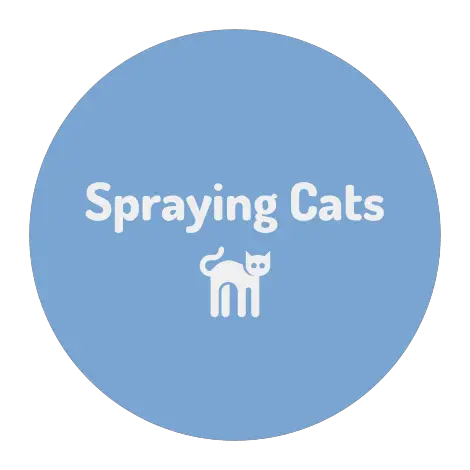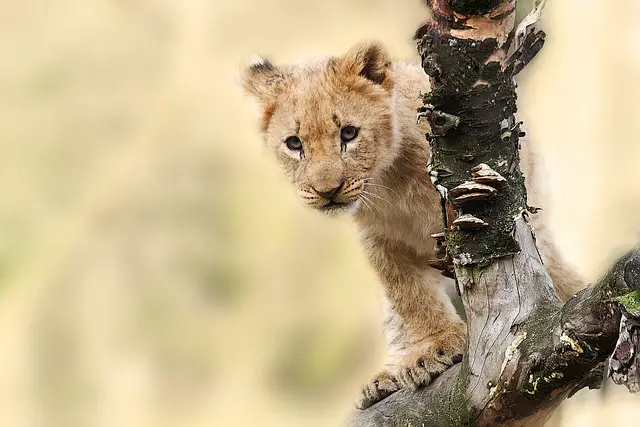Do you have a feral cat colony in your neighborhood? If so, you may be wondering where they go when it rains. Feral cats are very resourceful and can find shelter from the rain quite easily. In this blog post, we will discuss some of the places where feral cats like to hide during bad weather. We will also offer tips on how to help these cats stay safe and dry during storms.
Where do feral cats go when it rains
Feral cats are adept at finding shelter from the elements. In the wild, they will often seek out dens or caves to protect themselves from bad weather.
If there is no natural shelter available, they are also skilled at creating their own shelters.
For example, they may crawl under bushes or build makeshift dens out of the debris. In urban areas, feral cats often take refuge in alleyways, abandoned buildings, or sewers.
Wherever they go, they usually try to find a spot that is dry and out of the wind. By taking shelter from the rain, feral cats are able to stay warm and dry during stormy weather.
How do feral cats survive in the wild when it rains or snows?
When feral cats get wet, they immediately start to look for shelter. If they can’t find any, they’ll try to find a way to stay dry.
One way they do this is by climbing trees. When it rains or snows, cats will often seek out the high ground so they can stay dry.
Feral cats are also adept at finding sheltered places to sleep, such as under porches or in abandoned buildings.
In addition, their dense fur coats help to keep them warm in cold weather. Their long tails also provide them with balance and help them keep their footing in slippery conditions.
Overall, feral cats are tough and adaptable creatures that have learned how to survive in even the most extreme conditions.
What kind of dangers do feral cats face when bad weather hits?
Feral cats are often left to fend for themselves in all types of weather, but they are especially vulnerable during bad weather conditions.
Heavy rains can wash away their shelters, leaving them exposed to the elements. Flooding can also be a danger, as it can sweep away kittens who are unable to swim.
Strong winds can topple trees or debris onto cats, injuring or killing them. And extreme temperatures can lead to dehydration, frostbite, or heat stroke.
Feral cat colonies typically have a high turnover rate due to these dangers, which is why it’s important for colony caretakers to provide regular feeding and monitoring, especially during bad weather.
Are there any ways to help feral cats during bad weather days?
As any cat lover knows, felines are natural survivors. However, even the most resourceful cat can find themselves in trouble during bad weather conditions.
Feral cats are particularly vulnerable, as they do not have the same access to shelter and food that domestic cats do. Fortunately, there are a few things that concerned citizens can do to help feral cats during bad weather days.
For example, provide a makeshift shelter made from a cardboard box or a Styrofoam cooler. Fill the shelter with straw or other insulating materials to help keep the cat warm, and place it in a spot that is out of the wind and away from direct sunlight.
In addition, put out extra food and water, as feral cats may have difficulty finding enough to eat during cold weather.
By taking these simple steps, you can help ensure that feral cats make it through the winter safely.
How can people help prevent feral cat populations from growing too large in their neighborhoods/communities?
Feral cats are a growing problem in many neighborhoods and communities around the world. Not only are they a nuisance, but they can also pose a serious threat to local wildlife.
The good news is that there are things that people can do to help prevent feral cat populations from getting out of control.
One of the most important things is to have your own cats spayed or neutered. This will help to reduce the number of kittens that are born each year, and it will also make it less likely that your own cats will end up joining a feral colony.
Additionally, you can help to trap and neuter feral cats that are already living in your neighborhood. This will not only help to reduce their numbers, but it will also make them less likely to reproduce.
Finally, you can provide food and shelter for feral cats so that they don’t need to scavenge for food and shelter. By taking these steps, you can help to keep feral cat populations under control in your community.
[su_box title=”Affiliate Disclosure”]This website is supported by its readers. Please assume that all links are affiliate links. If you make a purchase from one of the links we will make a commission from Amazon. Thank you.[/su_box]




